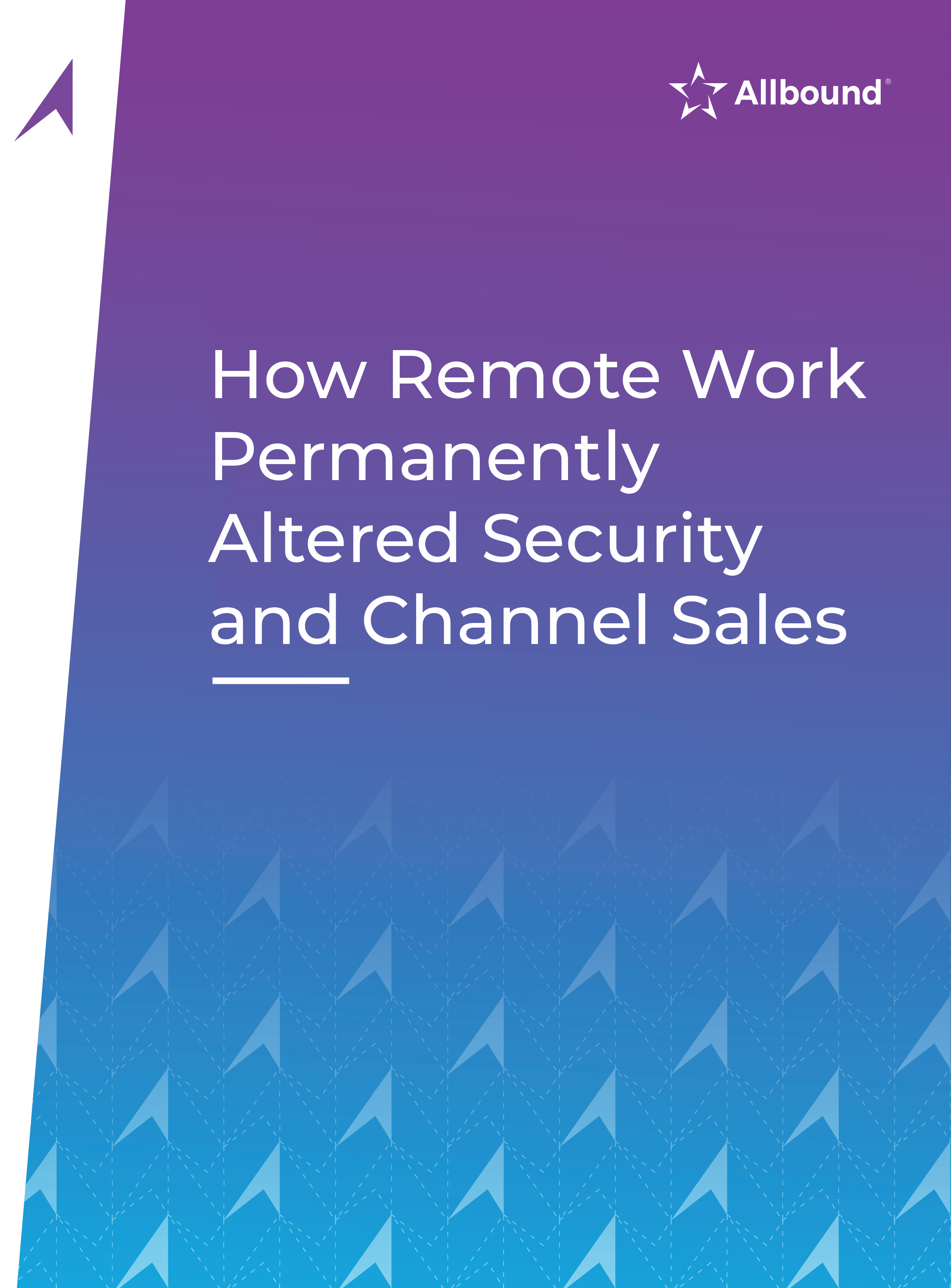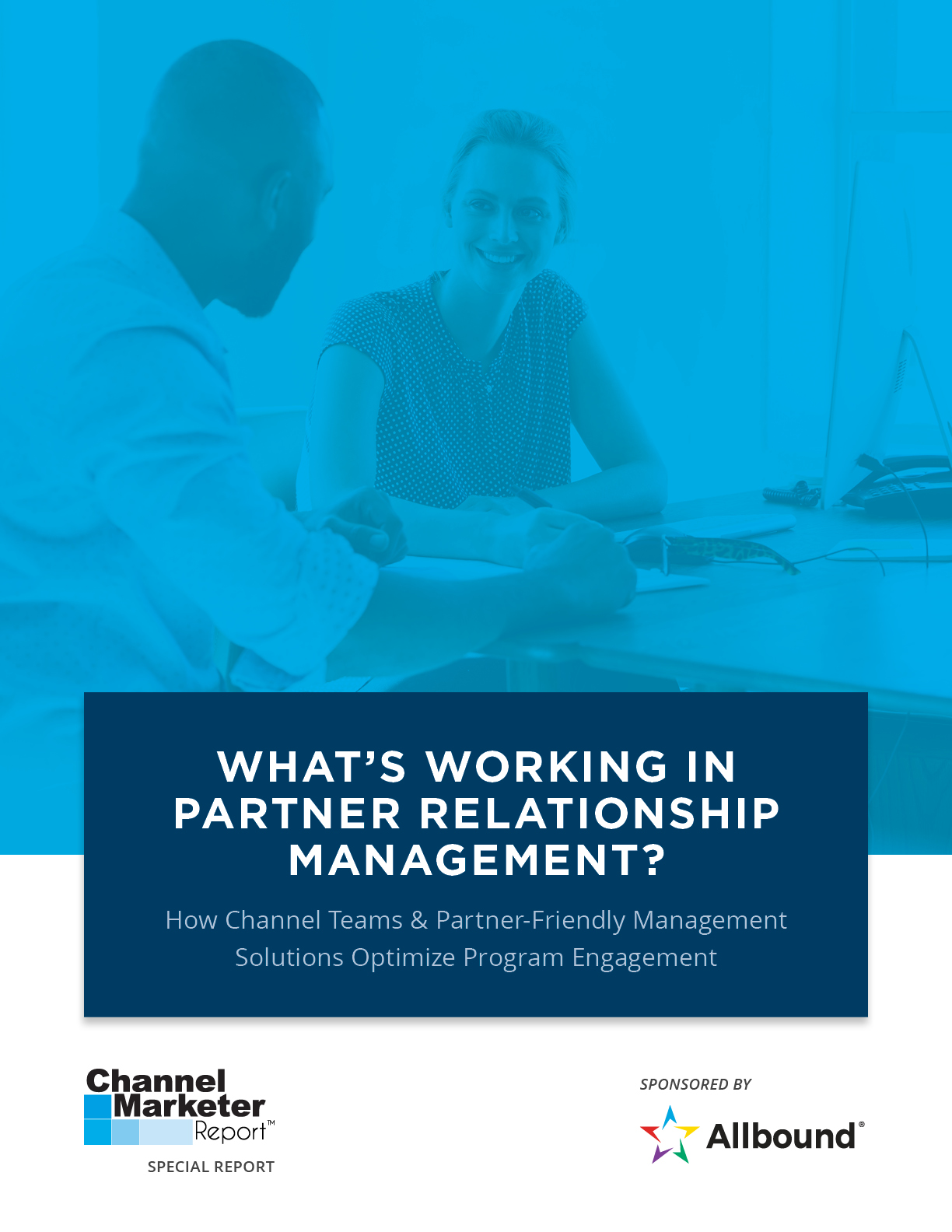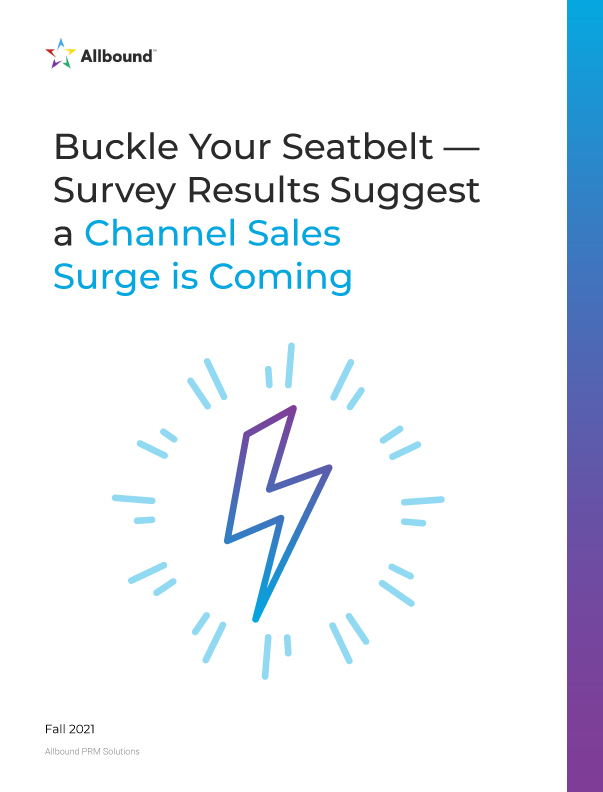Topics
To Optimize Client List Sharing With Partners, You Gotta Start With Building Trust
By Sean Blanda, Director of Content, Crossbeam
For such a touch-and-go relationship, it’s funny we call it “channel partnership.”
Most partner relationships are a bit of a dance. We want to help one another, but there’s a bit of a mistrust at play. In a perfect world, you and your partner would both share all of your CRM data, you’d only use what was actionable and ignore the rest.

Sean Blanda, Director of Content, Crossbeam
But we all know that’s not what happens—and for good reason. Partners often have relationships with competing parties, vendors are reluctant to share competitively sensitive customer lists, and embarrassing channel conflicts can result from giving resellers too many opportunities to pursue.
And even if you and your channel partners were BFFs, what then? What is the best way to share data, make sure it’s current, and act on it appropriately?
For decades the answer has been: “swap spreadsheets and do a lot of manual checking and cleaning.” Each partner has their own sales workflow, with its own set of SaaS tools to manage. The Rosetta Stone that can connect them all is the spreadsheet. Sorta.
This practice is common, but there are several issues:
- It’s frozen in time. The spreadsheet is out-of-date the moment it is exported. Any opportunities added between exports are prime candidates for channel conflict.
- Security concerns. Once that spreadsheet is out in the wild, there’s no telling who reads it.
- Oversharing. Sharing spreadsheets usually exposes all of your records, not just where there are actionable overlaps. This leaves you with two bad options: overshare in order to find all the overlaps or undershare and risk missing them.
- Matching is hard and tedious. Most channel marketers use manual inspection or VLOOKUP functionality to see which values overlap between their spreadsheet and their partner’s spreadsheet. This causes issues with false positives and false negatives that can cause you to miss opportunities and create embarrassing mistakes.
And if we’re not limited by our data, we’re often limited by our imagination. Account mapping can definitely help mitigate channel conflict. But with the correct up-to-date data sources, there are other opportunities.
In a true partner ecosystem, your partners would be able to…
- …optimize both direct in indirect sales. What if your partner knew a potential customer didn’t have a budget until next May? Or that the potential customer really needed a specific feature or security compliance?
- …see where there are shared target lists. You could co-sell effectively with partners if you could identify where there are shared opportunities, especially if your solutions have an integration or complementary feature sets.
- …co-marketing in a targeted way. No more email blasts to your shared lists. Find exactly who fits the buying criteria.
- …generate new leads. We call these “ecosystem qualified leads” — leads captured from your channel (and integration!) partners that your direct sales team can close.
The upside to implementing a platform that makes data sharing between partners secure and precise and eliminates spreadsheets that give away the farm is massive. A sort of “data escrow,” — what we’re calling a “partner ecosystem platform” — works in concert with your PRM, enabling you and your partner to securely house data about your customers and prospects, only sharing information with each other when there are overlaps (and only the details you select).
 It’s a Venn Diagram of sorts. And where there are overlaps, there are shared relationships that need to be managed in order to avoid conflict.
It’s a Venn Diagram of sorts. And where there are overlaps, there are shared relationships that need to be managed in order to avoid conflict.
Using a partner ecosystem platform you can:
- Compare your channel partner’s target list to your existing customer list to surface potential channel conflict.
- Compare your partner’s opportunities to your opportunities to surface a targeted co-selling or co-marketing list.
- Compare an integration partner’s customers to your customers to know exactly who to market the integration to.
In each case, you’d get the exact list you need without sharing unnecessary info. No more spreadsheets, no more conflicts, and thankfully, no more VLOOKUPS.
If you’d like to kick the tires on data escrow, sign up for a free Crossbeam account.









